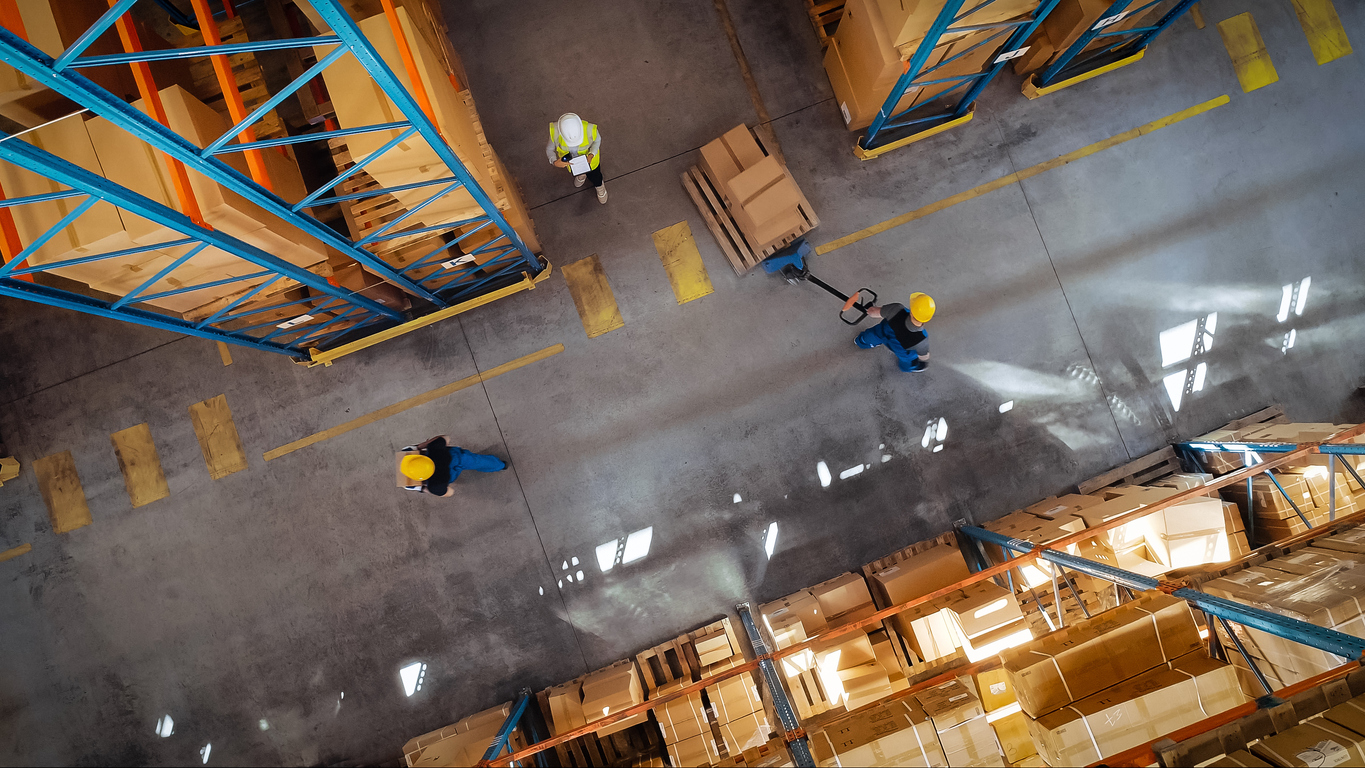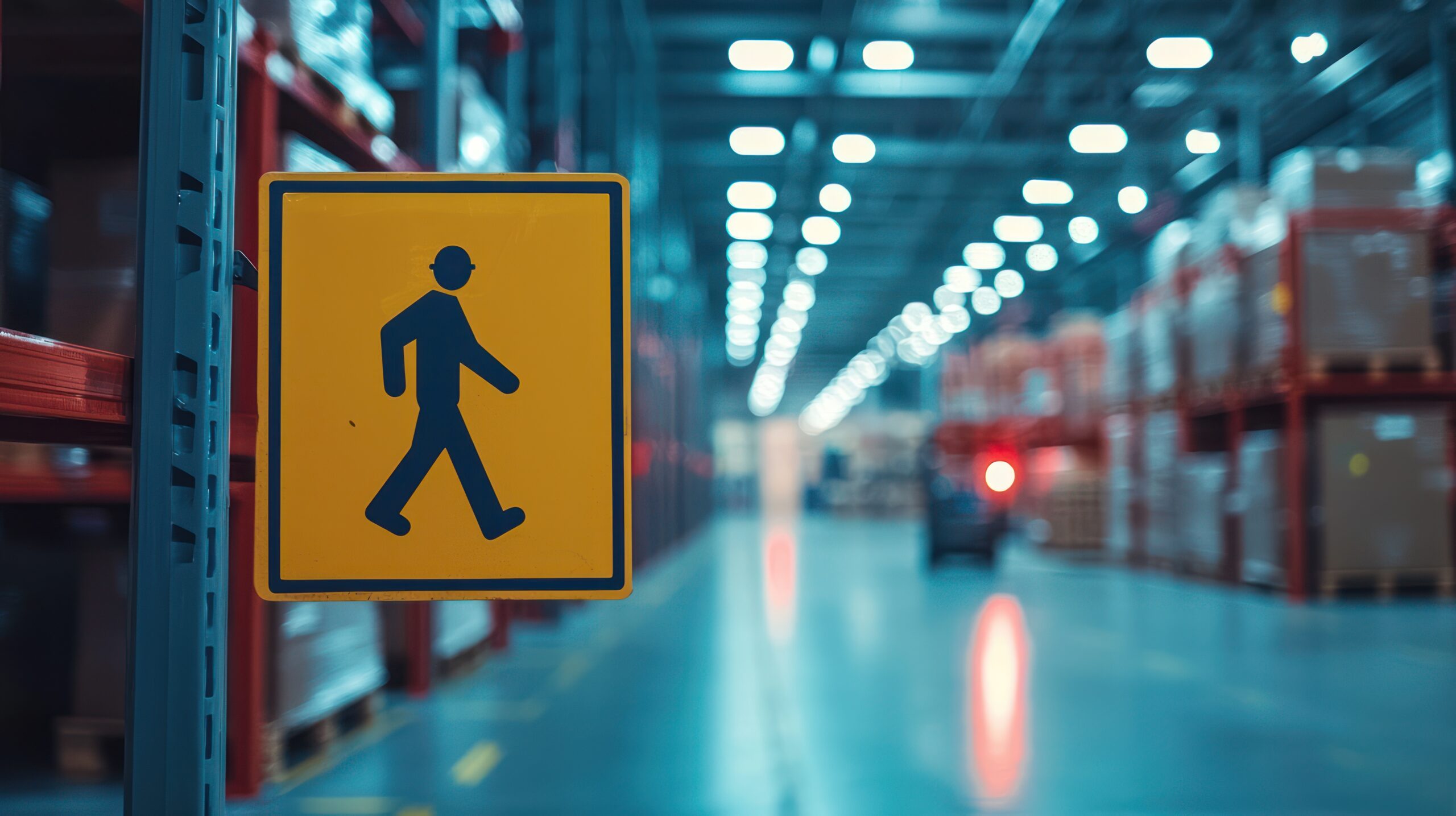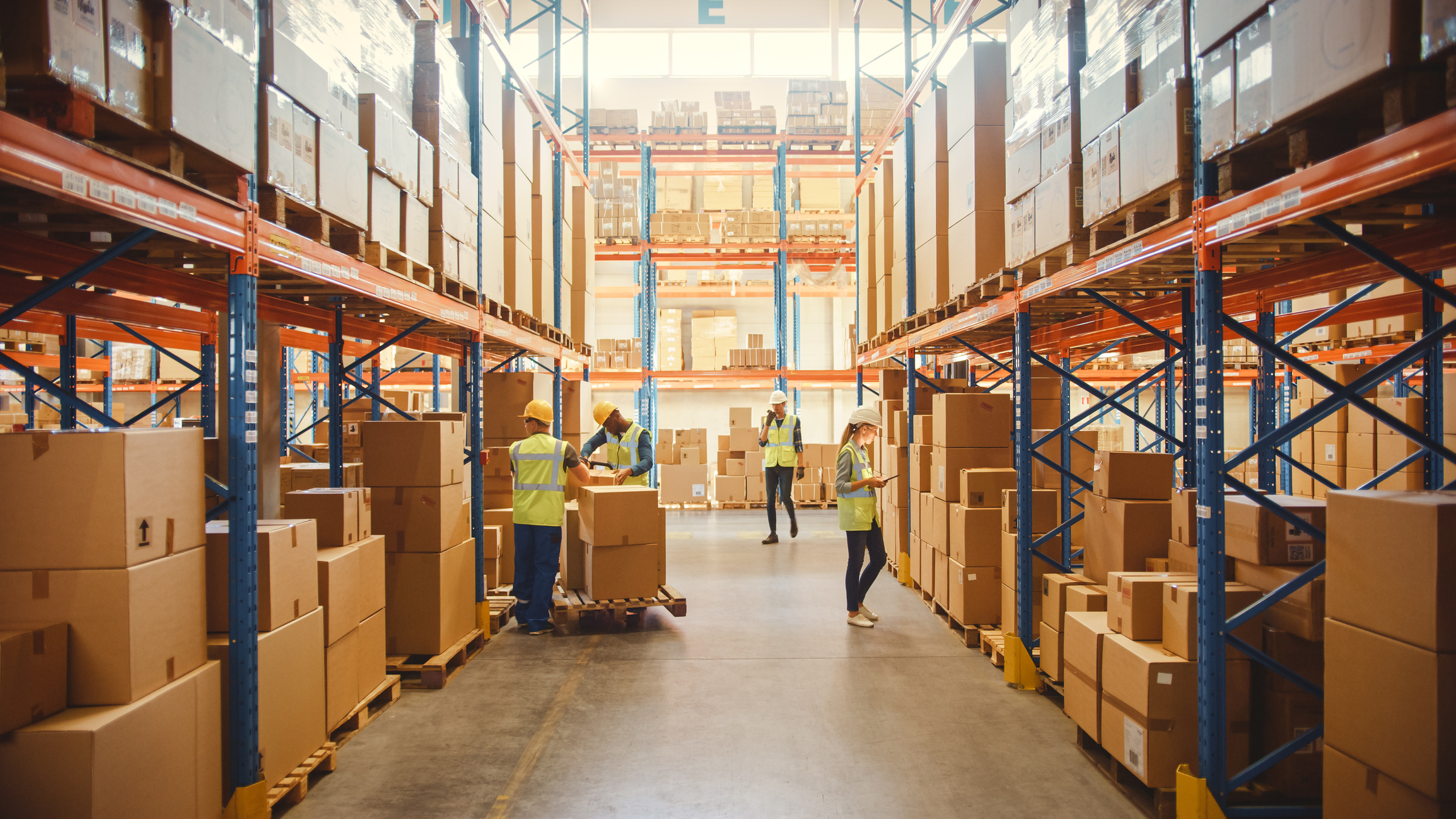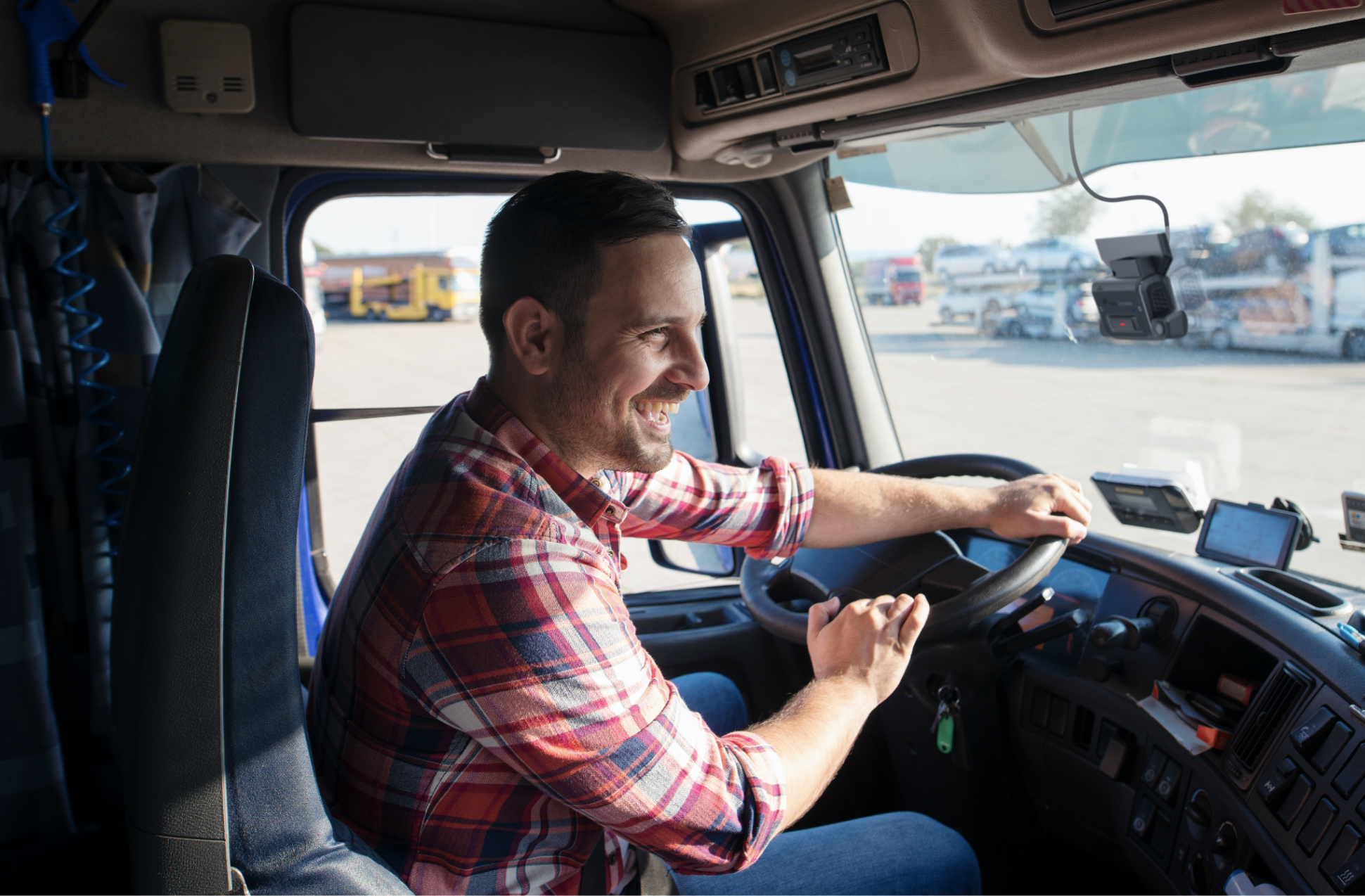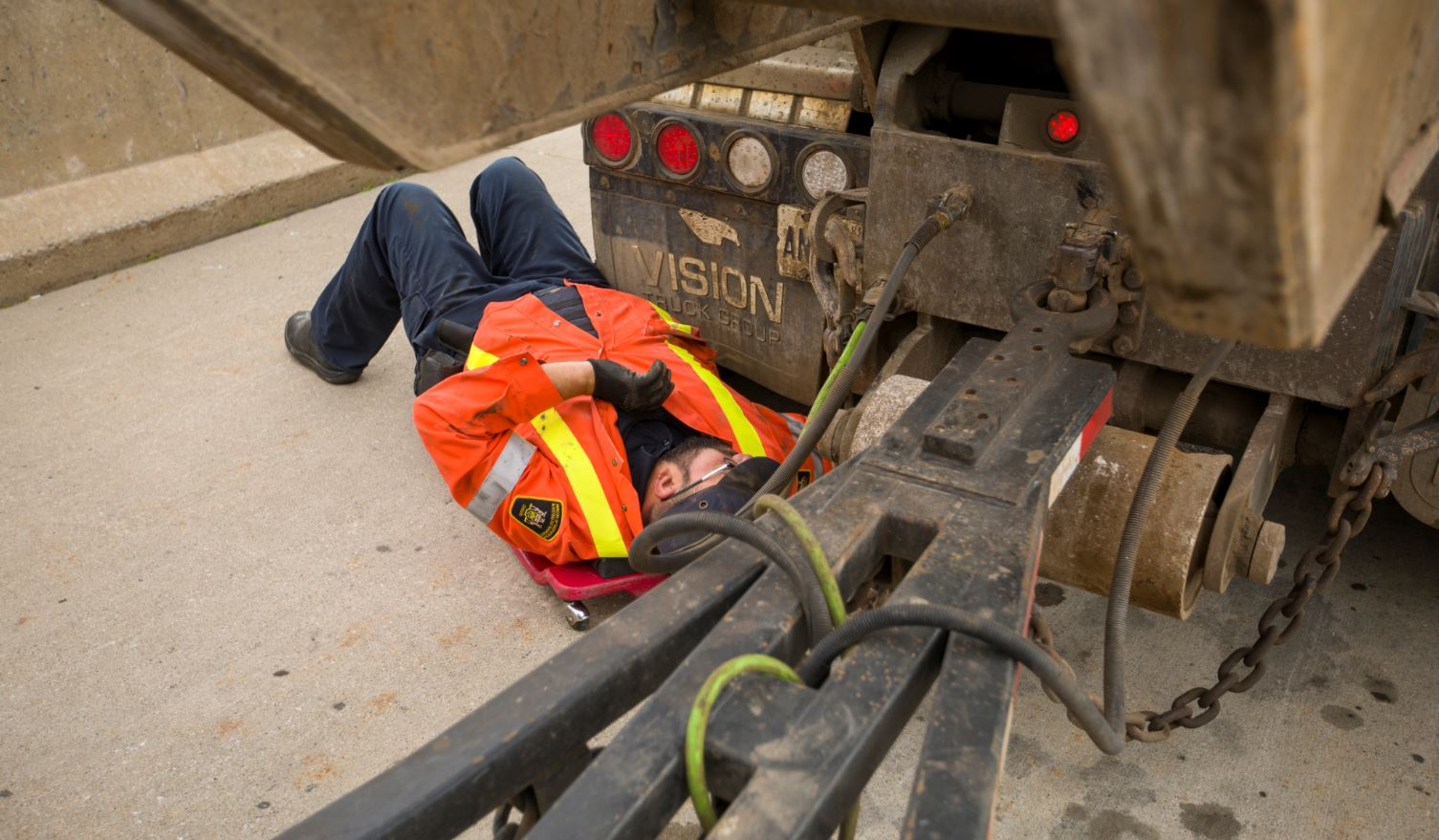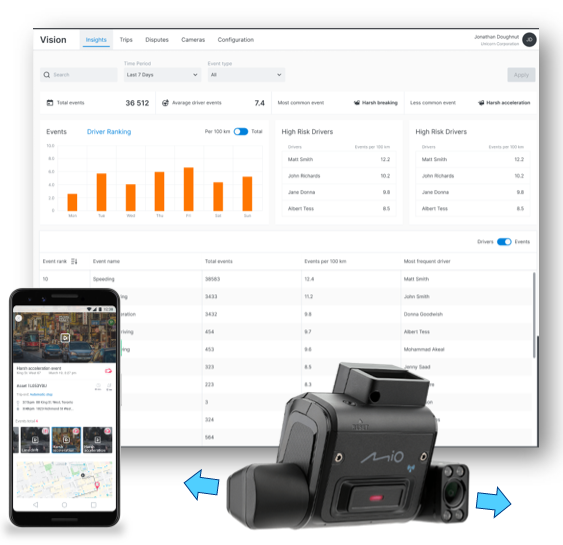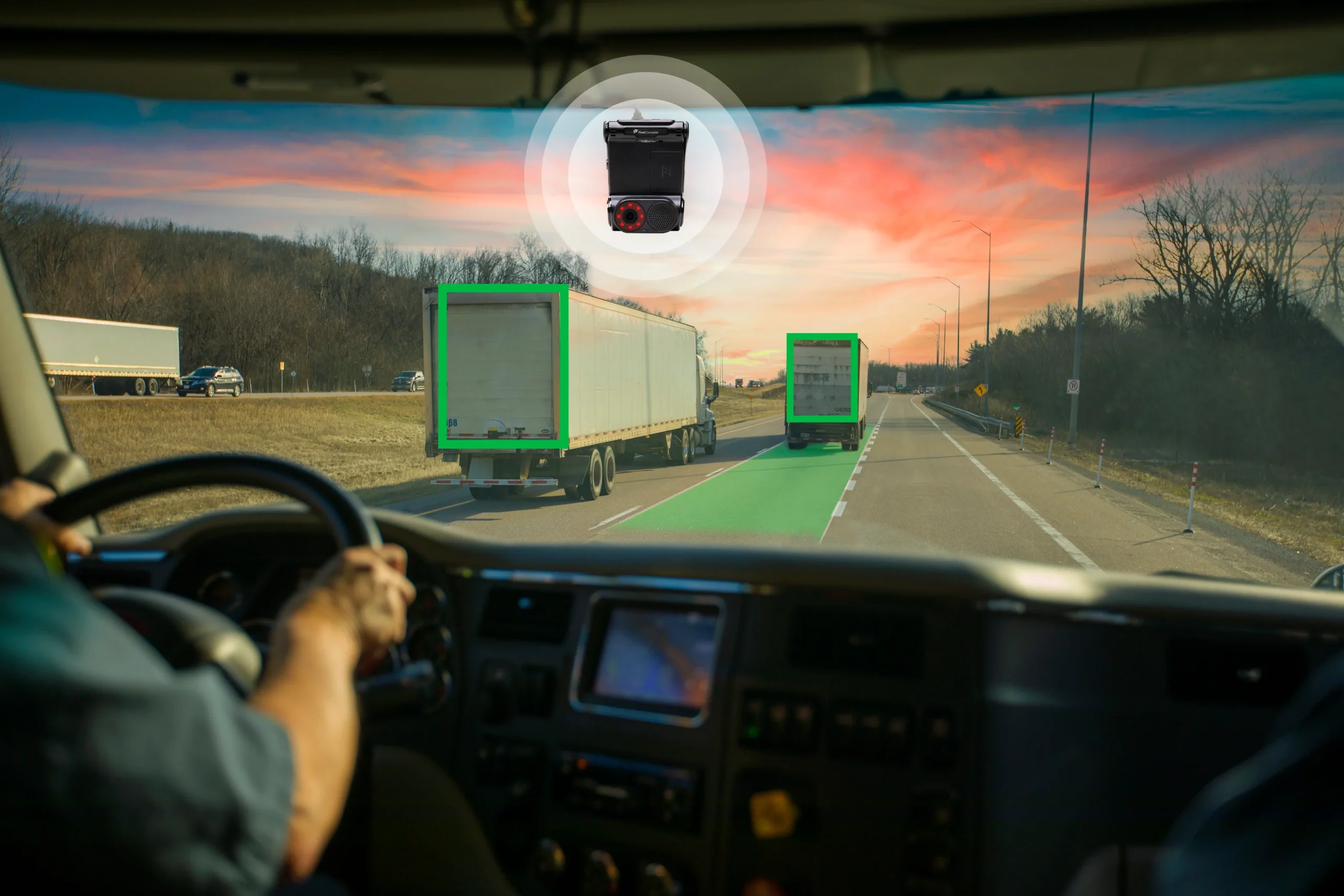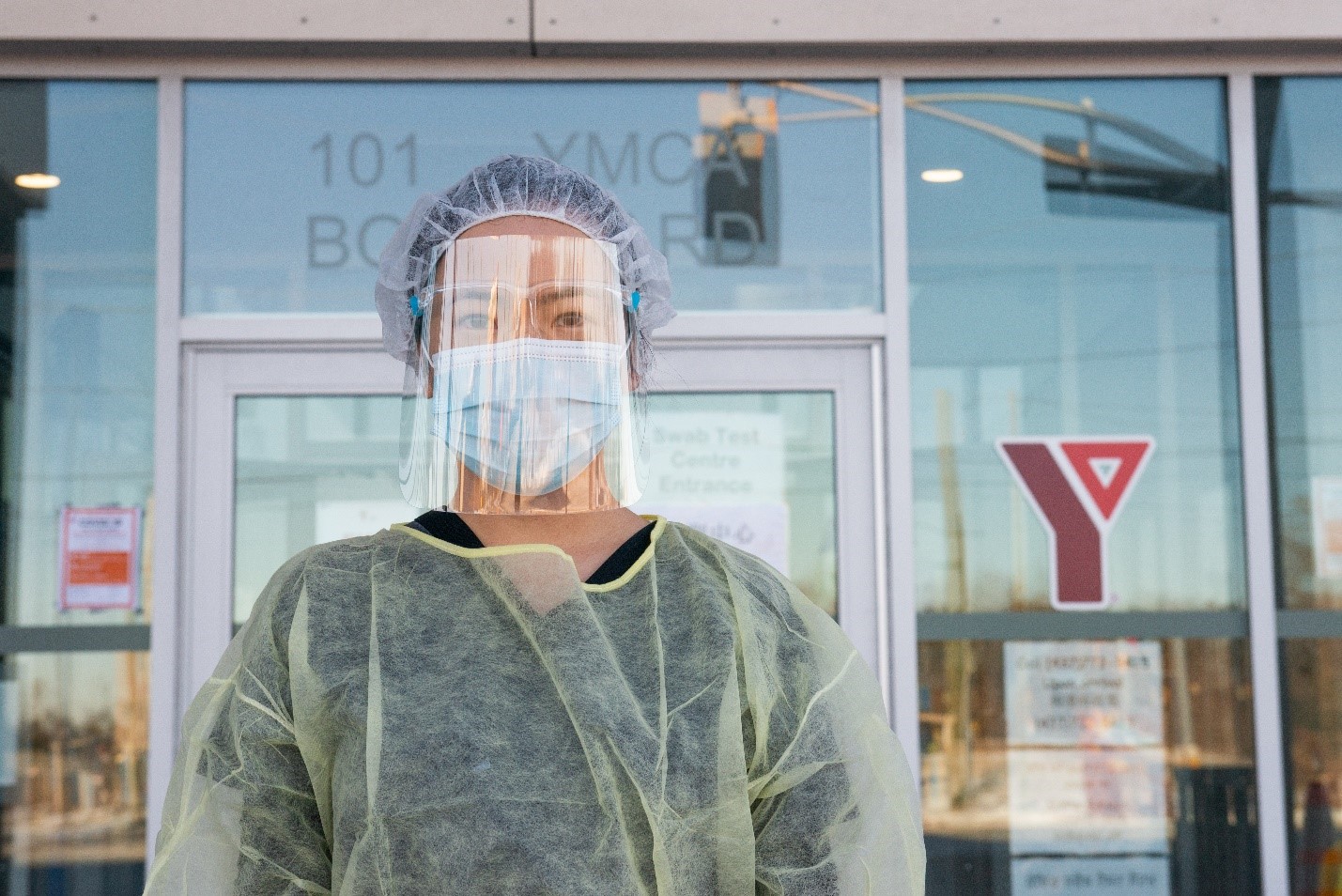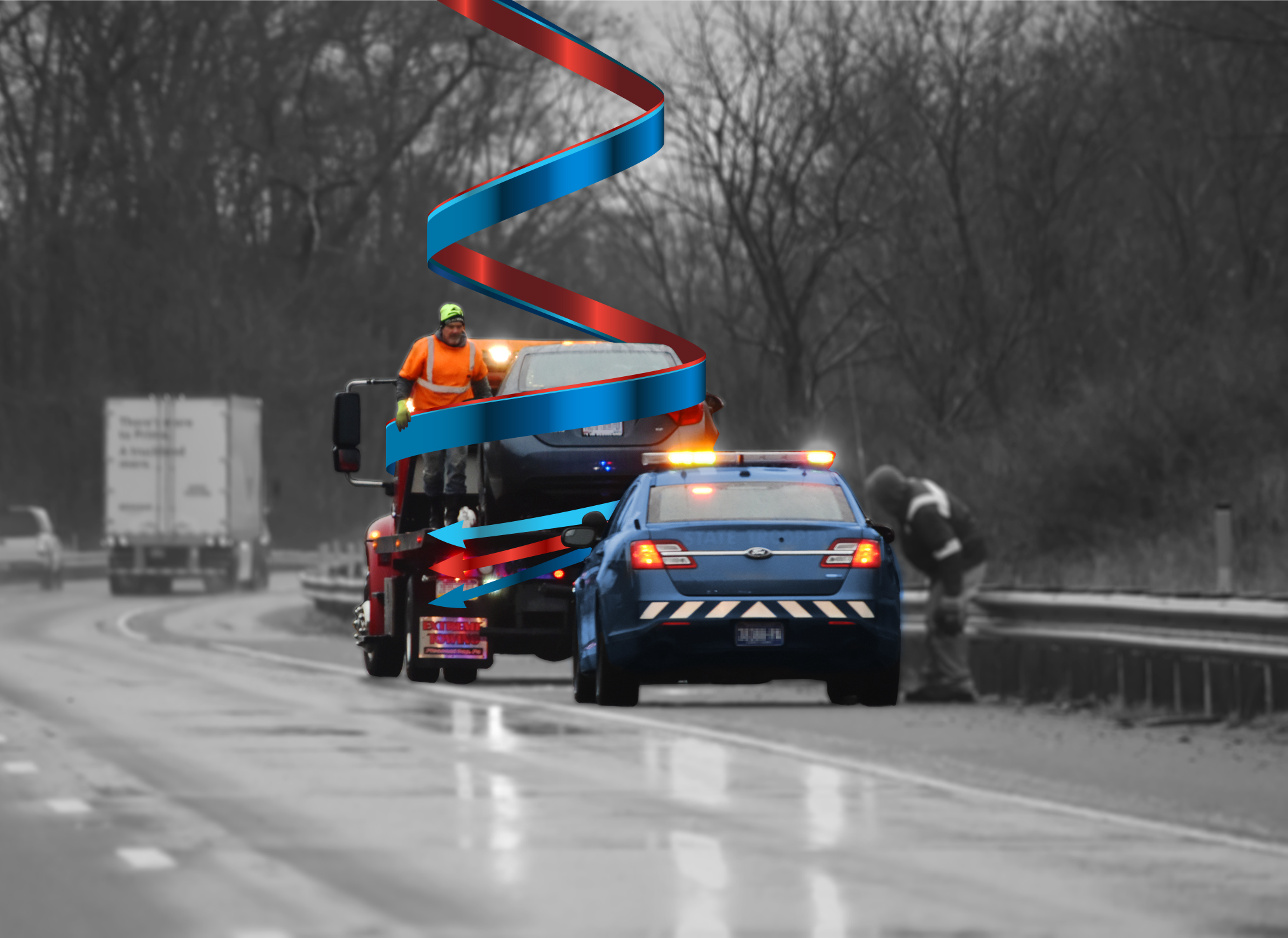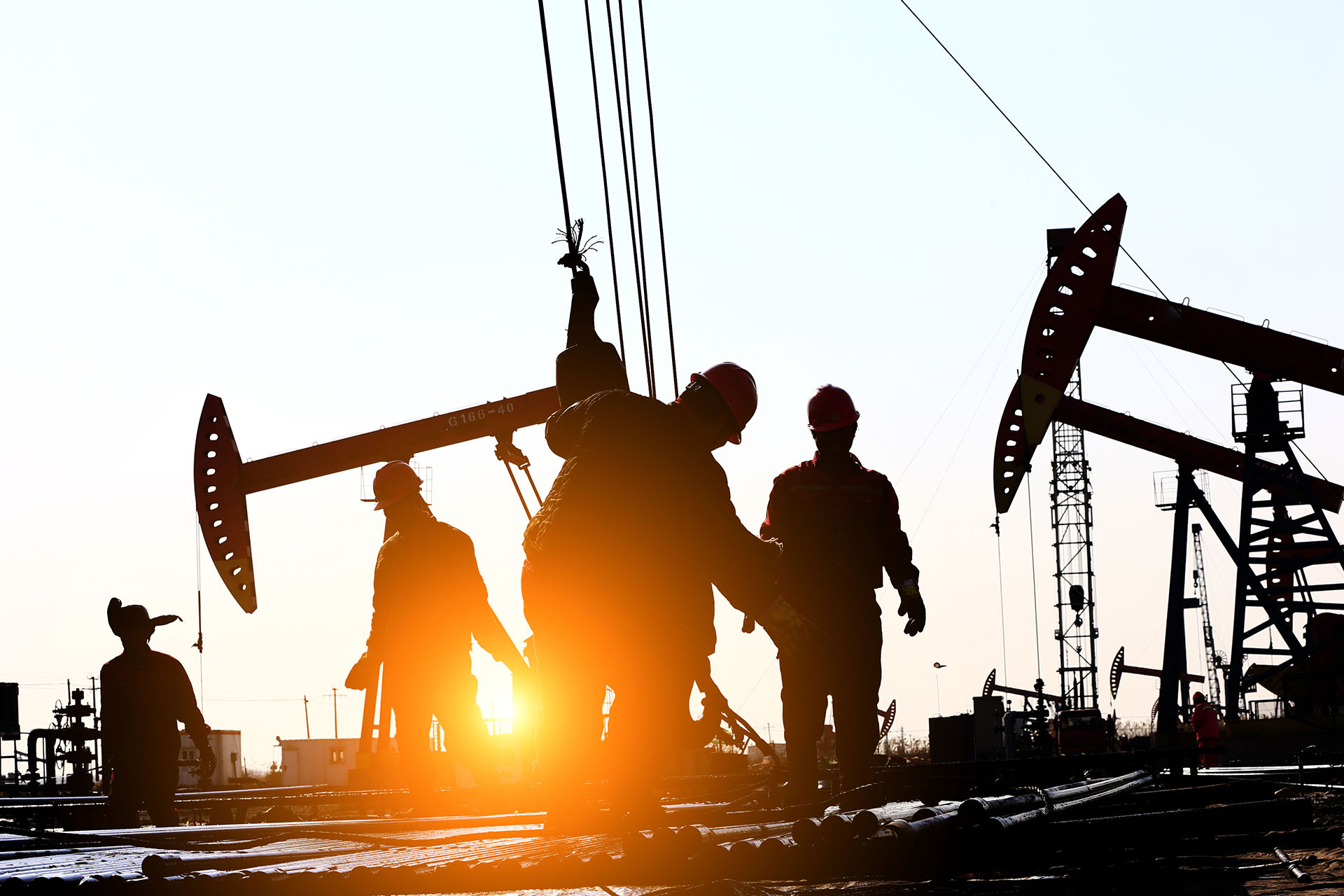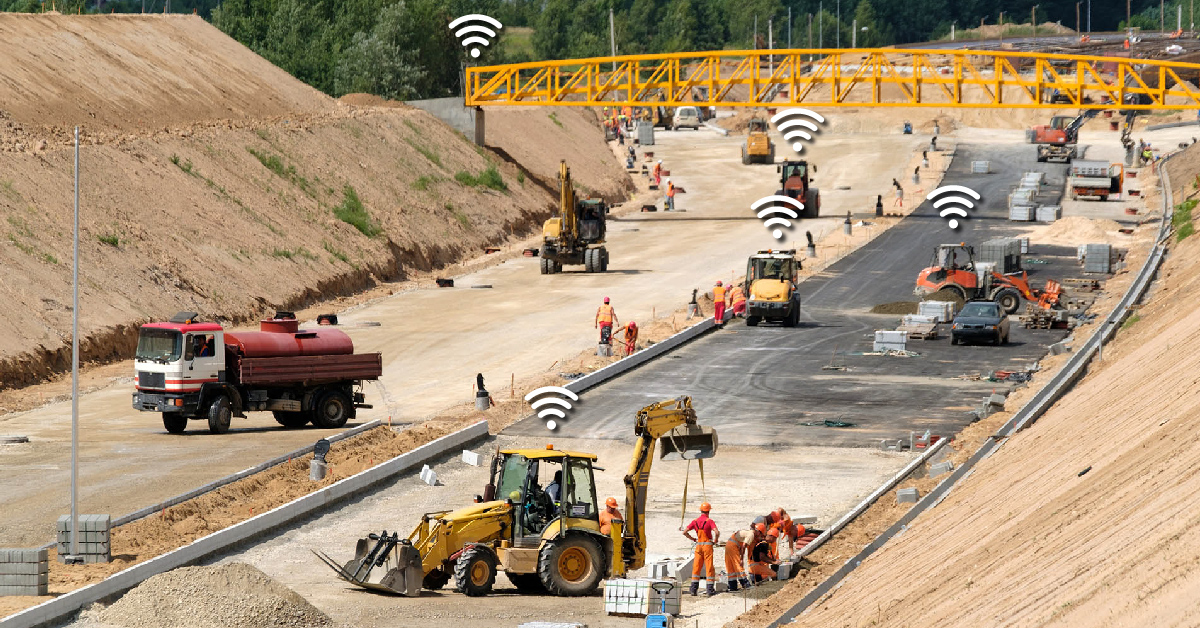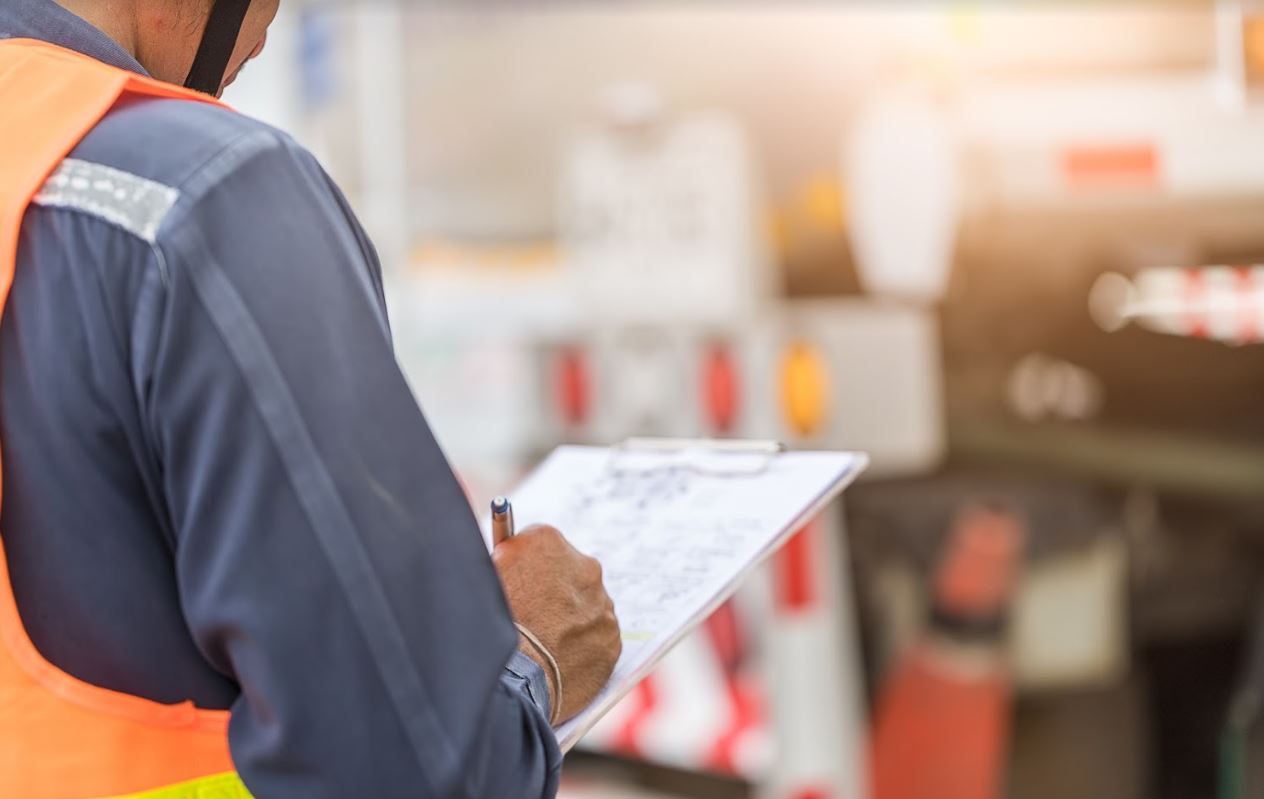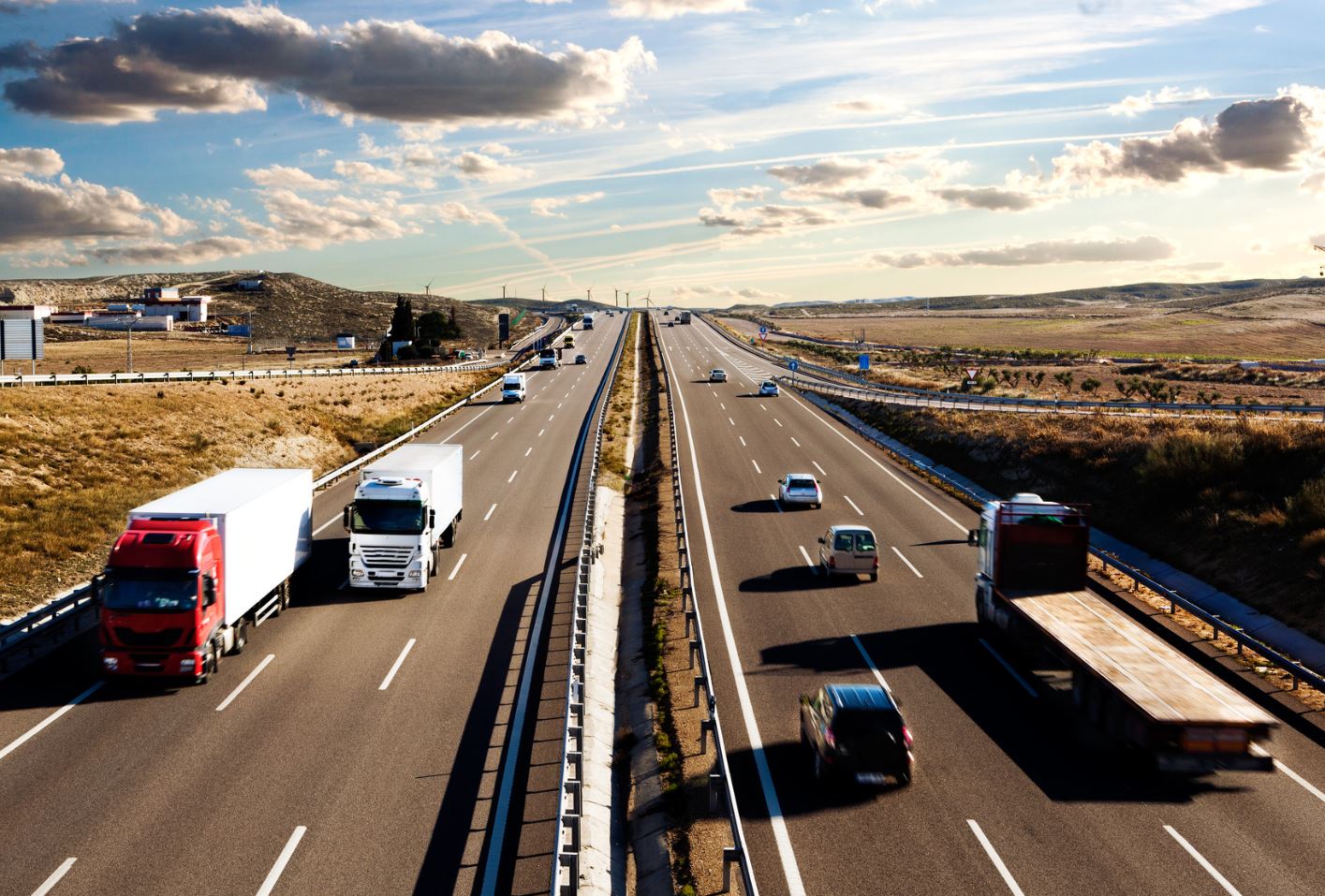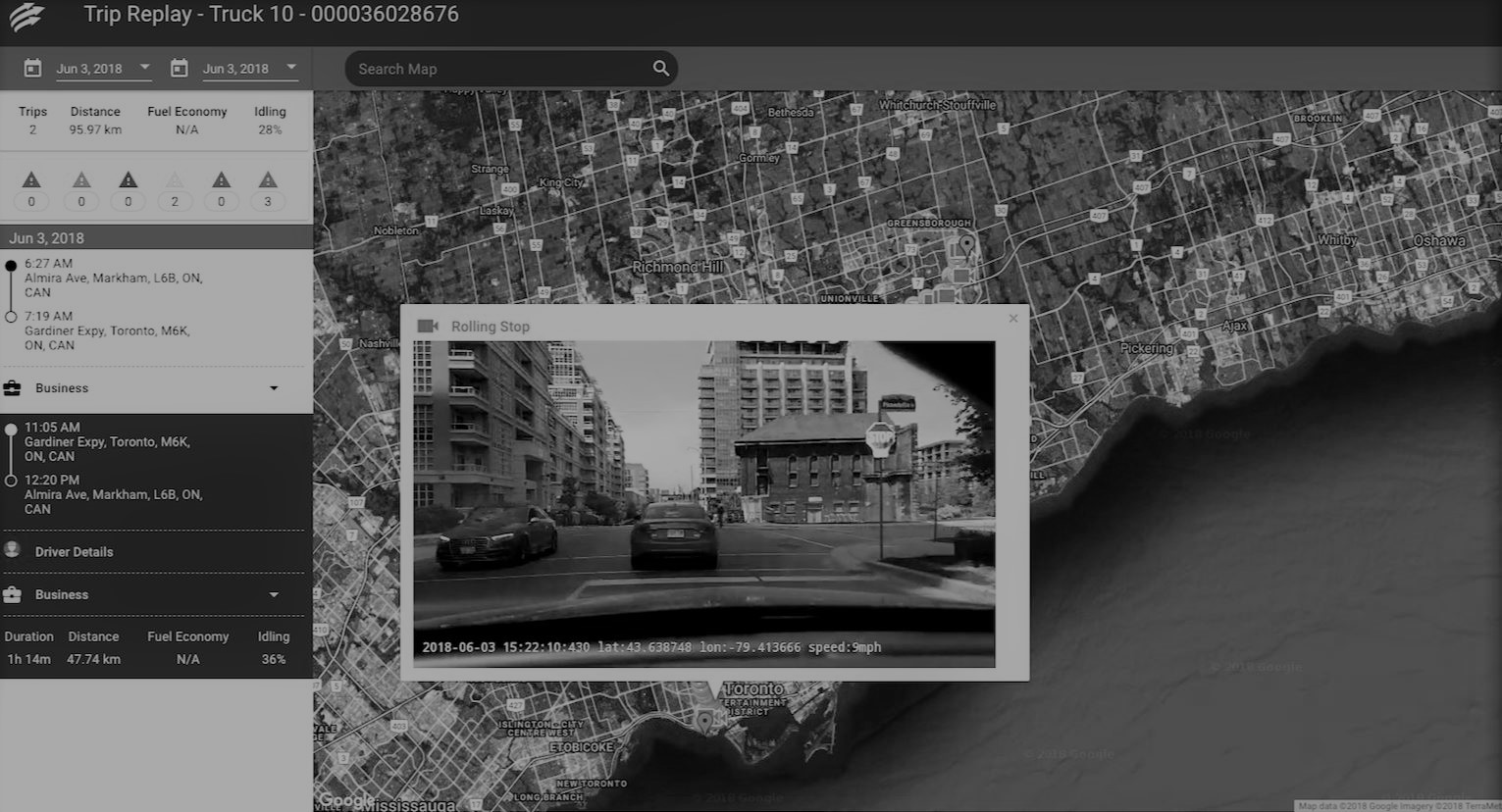There’s an 11% chance of a forklift in the USA being involved in an accident every year. So, if your facility has 10 or more forklifts – an accident will happen this year.
Forklift operators and pedestrians are at risk of serious injury or death as the statistics below show. However, with correct workplace safety measures in place, accidents can be significantly reduced.
Forklift Accident Statistics: The Sobering Reality
The statistics surrounding forklift injuries reveal a concerning pattern of workplace injuries and fatalities:
- Between 2011 and 2017 there was 87 fatal forklift accidents each year in the US
- Worldwide there are 34,900 serious injuries and 61,800 non-serious injuries annually from forklift-related incidents.
- Forklift pedestrian accidents account for 20% of all incidents and 36% of these are fatal
- The average cost of a forklift accident resulting in injury is approximately $38,000 in direct costs, with indirect costs potentially reaching $150,000.
OSHA estimates that for every $1 invested in safety, employers can save $4-6 in accident-related costs. While the Industrial Truck Association reports that 70% of all forklift accidents could be prevented with proper training and safety procedures. And the statistics, continued below, support this.
Most Common Types of Forklift Accidents
Understanding the most prevalent types of forklift accidents is crucial for developing effective prevention strategies:
1. Tip-overs and Overturns (24% of accidents)
Source: Lombardi and Lombardi P.A. – Forklift Accident Statistics
Nearly a quarter of all fatal forklift accidents are overturns. They typically occur when:
- Forklift operators carry loads that are too heavy
- Loads are raised too high while the forklift is in motion
- Turns are taken at excessive speeds
- Forklifts are driven on uneven or sloped surfaces
- Improper weight distribution affects the center of gravity
2. Pedestrian Accidents (20% of accidents)
Source: H&F Lift Trucks – Forklift Truck Safety is Being Taken to the Next Level
Collisions between forklifts and pedestrians are tragically common in busy warehouse environments:
- Limited visibility due to loads or warehouse layout
- Lack of designated pedestrian walkways
- Inadequate warning systems
- Blind corners and intersections
- Excessive speed in high-traffic areas
3. Struck by Falling Material (14% of accidents)
Source: Trucks Direct UK – Most Common Forklift Accidents and OSHA – 5 Most Common Forklift Accidents
Falling loads, either from forks or racks, cause numerous injuries each year, and are usually due to:
- Unstable or improperly secured loads
- Excessive load heights
- Operating with loads elevated too high
- Damaged pallets or storage racks
- Collisions with racking systems
4. Collisions with Objects or Structures
These accidents typically involve forklifts striking fixed objects like:
- Racking systems
- Building support columns
- Doorways and dock edges
- Inventory or other equipment
- Structural damage that can lead to more serious accidents
5. Caught Between Objects
These forklift incidents involve operators being pinned between the forklift and an object. This can also occur in pedestrian collisions. Pinning may occur:
- Between the forklift and a fixed object
- Between shifting loads
- Within the mast or other moving parts
- Between two vehicles
Root Causes of Forklift Accidents
Forklift injuries tend to be due to underlying causes and knowing these can prevent further forklift related deaths and injuries moving forward. Root causes include:
Inadequate Training (28% of accidents)
Inadequate training is the leading contributor to forklift accidents. When standard safety measures are not met, or insufficient operator training is in place, it causes more accidents per year involving forklifts. Improper training includes:
- Lack of formal certification
- Inadequate practical training hours
- Failure to provide refresher training
- No site-specific hazard training
- Insufficient evaluation of operator skills
Unsafe Operating Practices (23% of accidents)
Even properly trained operators sometimes engage in risky behaviors that cause occupational safety risks:
- Speeding or reckless driving
- Operating with an obstructed view
- Improper load handling
- Horseplay or unauthorized use
- Failure to wear seatbelts
Poor Workplace Design (19% of accidents)
The physical environment contributes significantly to accident risk:
- Congested aisles and work areas
- Inadequate space for maneuvering
- Poor floor conditions (uneven surfaces, debris)
- Inadequate lighting
- Missing or faded floor markings
Equipment Failures (12% of accidents)
Mechanical issues can lead to catastrophic accidents:
- Brake failures
- Steering malfunctions
- Hydraulic system problems
- Fork defects
- Warning system failures
Communication Breakdowns (10% of accidents)
Poor communication increases accident risk:
- Lack of standardized signals
- Noisy environments masking warnings
- Failure to use horns at intersections
- No communication protocols between operators and
- pedestrians
Other Factors (8% of accidents)
Additional contributing factors include:
- Environmental conditions (weather, temperature)
- Operator fatigue or impairment
- Production pressure and rushing
- Improper load weight distribution
- Inadequate supervision
How to Improve Forklift Safety
With the understanding that most forklift accidents are preventable, here are comprehensive strategies to reduce risks:
1. Comprehensive Training Programs
As we mentioned above, proper training can reduce accident rates by up to 70%. Here are some ways to provide training programs to all of your staff:
- Implement OSHA-compliant training for all operators
- Require formal certification before independent operation
- Conduct regular refresher training (recommended every 3 years)
- Provide specific training for each forklift model used
- Include hands-on practical assessments
- Train on site-specific hazards and conditions
- Train pedestrians on forklift awareness and safety
2. Engineering Controls
Physical modifications to the workplace and equipment can significantly reduce risks:
- Install barriers to separate pedestrian and forklift traffic
- Use guardrails to protect racking systems
- Install collision avoidance systems and proximity sensors
- Add blue lights and other warning systems to forklifts
- Improve floor conditions and eliminate uneven surfaces
- Ensure adequate lighting throughout the facility
- Install convex mirrors at blind intersections
- Use proper dock locks and restraints
3. Administrative Controls
Policies and procedures that support safety include:
- Implement a comprehensive traffic management plan
- Establish and enforce speed limits (typically 5 mph or less)
- Create designated pedestrian walkways with clear markings
- Require pre-operation inspections for all forklifts
- Develop and enforce a lockout/tagout program for maintenance
- Implement a preventive maintenance schedule
- Establish clear rules for load handling and stacking
- Create no-drive zones and pedestrian-only areas
- Require seat belt use at all times
4. Technological Solutions
The Fleet Complete In Warehouse Solutions, powered by Powerfleet give you real-time insights into your warehouse operations. With an easy-to-use interface, it helps you monitor safety, compliance, and efficiency all in one place.
The system offers a 360-degree view and uses AI-powered software to track everything in your warehouse, helping you manage important safety measures more effectively.
For added protection, we also offer pedestrian proximity detection and prevention tools, as well as event-triggered video recorders that work seamlessly with the software.
This technology is not a replacement for training or safety regulations, but rather works alongside them to ensure your team stays safe and compliant.
5. Safety Culture Development
Creating a strong safety culture is perhaps the most effective long-term strategy:
- Involve operators in safety program development
- Recognize and reward safe behavior
- Implement near-miss reporting systems
- Conduct regular safety meetings focused on forklift operation
- Encourage operators to report unsafe conditions
- Perform root cause analysis on all incidents
- Share lessons learned from accidents and near-misses
- Demonstrate management commitment to safety over productivity
Regulatory Requirements and Compliance
Understanding and adhering to regulatory requirements is essential:
- OSHA standard 29 CFR 1910.178 covers powered industrial truck requirements
- Operators must be certified through formal training and evaluation
- Certification must include classroom instruction, practical training, and evaluation
- Refresher training is required after accidents, near-misses, or observed unsafe operation
- Regular inspections of equipment are mandated
- Specific requirements exist for different classifications of forklifts
Conclusion: A Proactive Approach to Forklift Safety
The statistics surrounding forklift accidents highlight the critical need for comprehensive safety programs. By understanding the most common types of accidents and their root causes, organizations can implement targeted strategies to reduce risks.
The most effective approach combines proper training, engineering controls, administrative policies, technological solutions, and a strong safety culture. While the initial investment in forklift safety may seem substantial, the return on investment – both in human and financial terms – is undeniable.
Do get in touch and request a demo if you want to hear more about our In Warehouse Solutions, powered by Powerfleet.
Manage your fleet with Fleet Complete
Running an efficient fleet is no easy task – why not alleviate some of the pressures with a reliable fleet management system? Fleet Complete gives you complete control of your business fleet operations, driver, and vehicle safety and compliance to increase operational efficiency and help you keep things running smoothly. Get in touch with our team today to get started.





